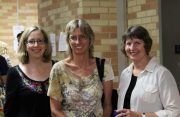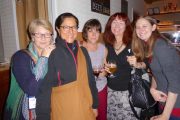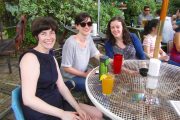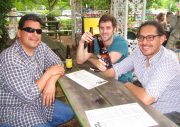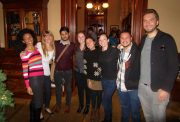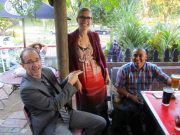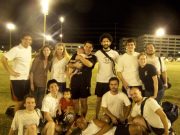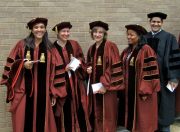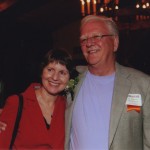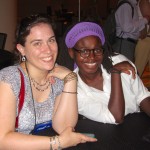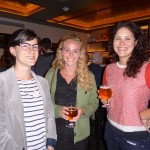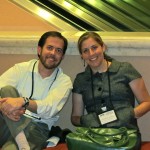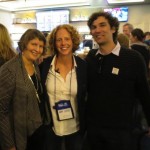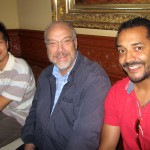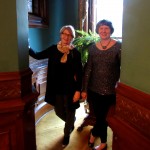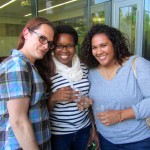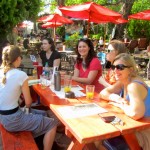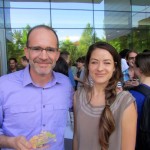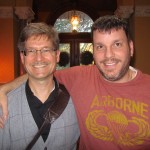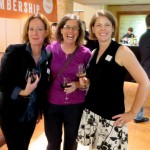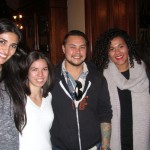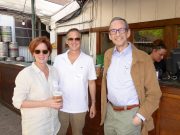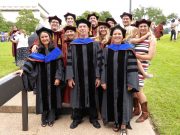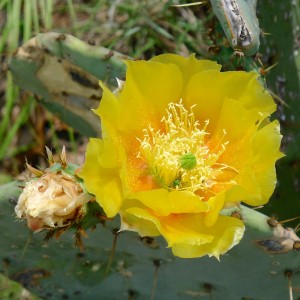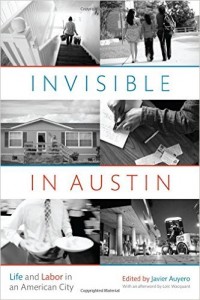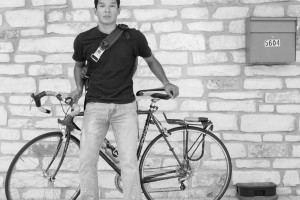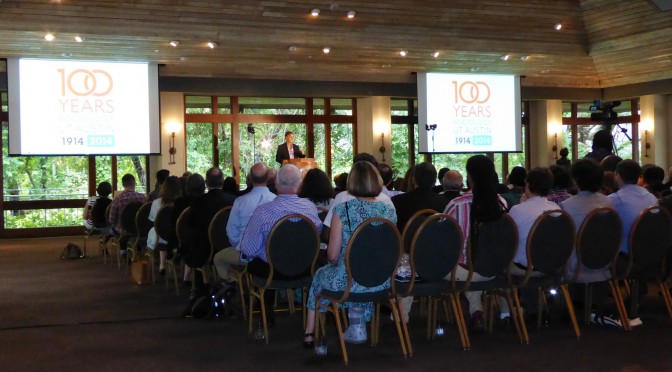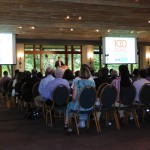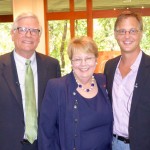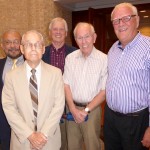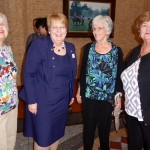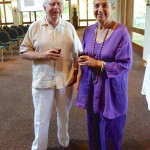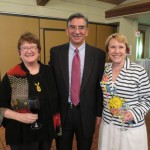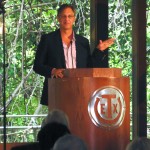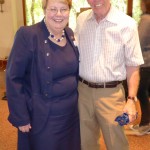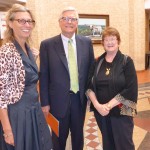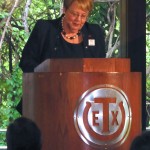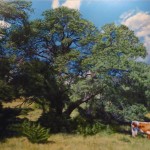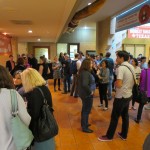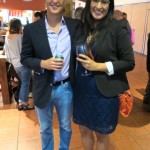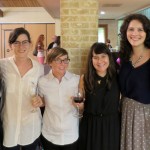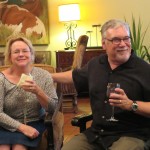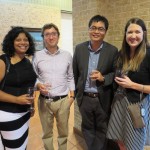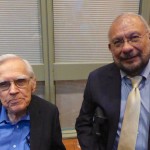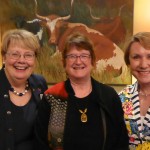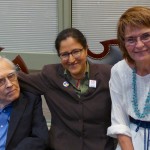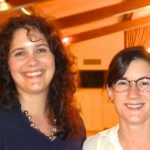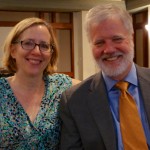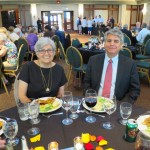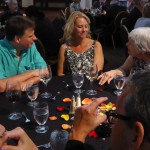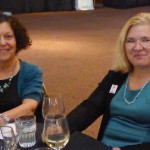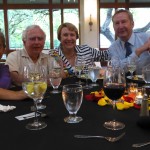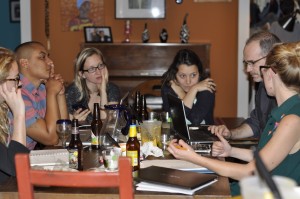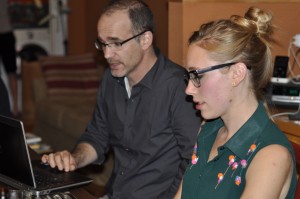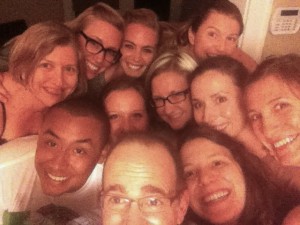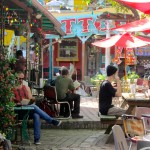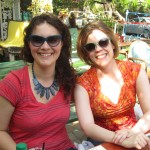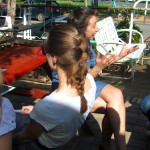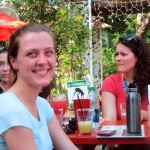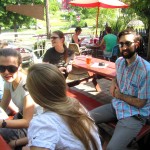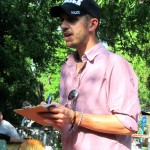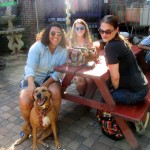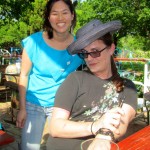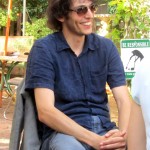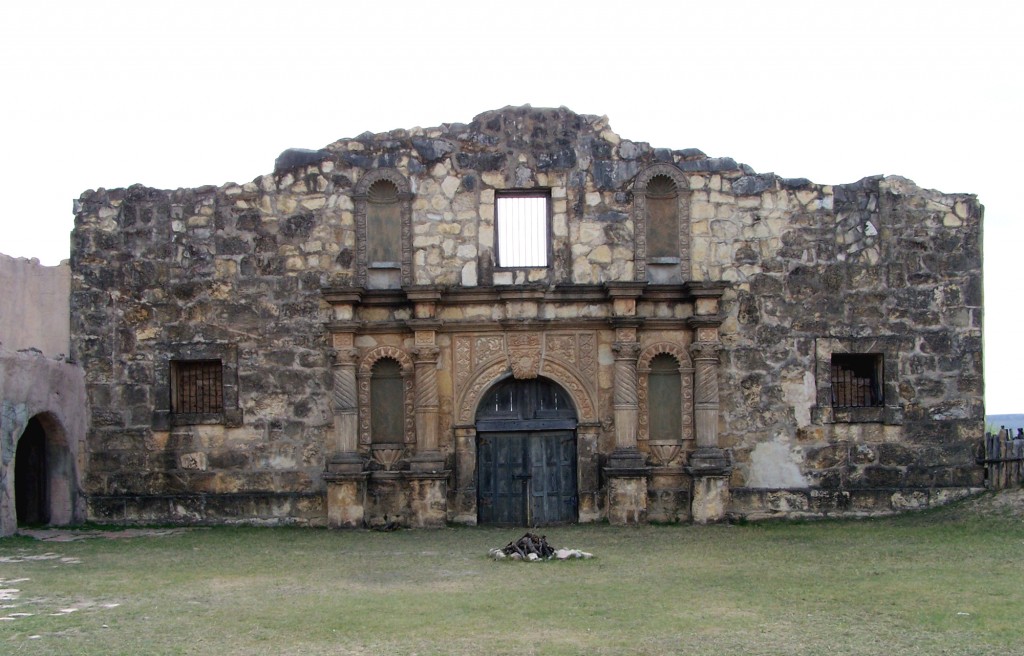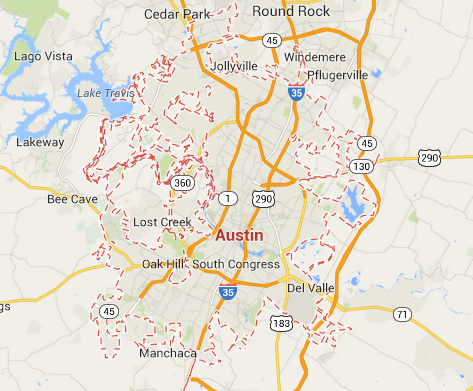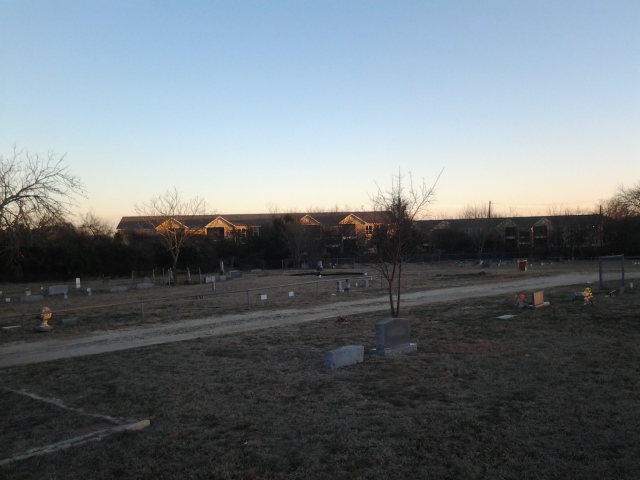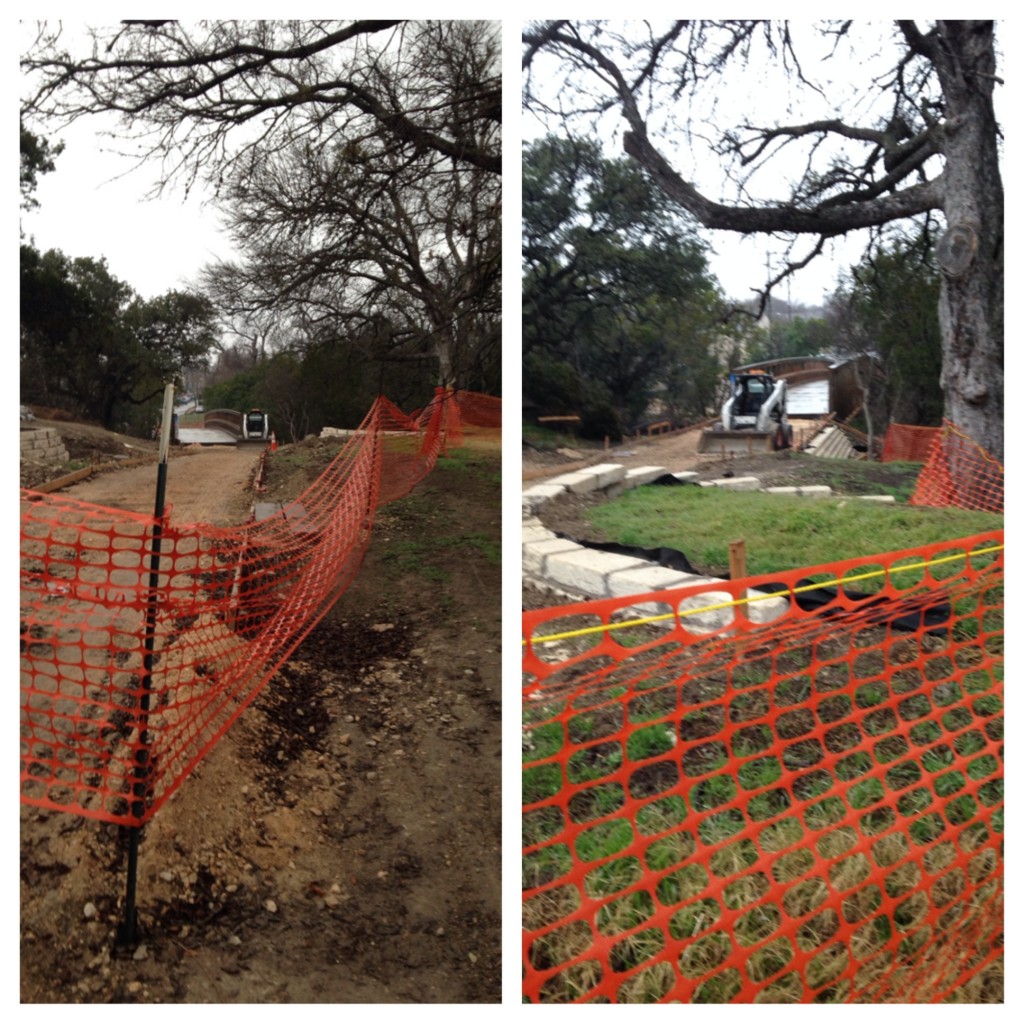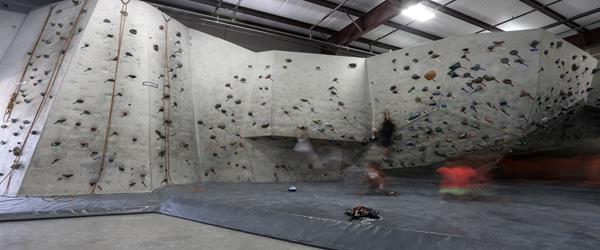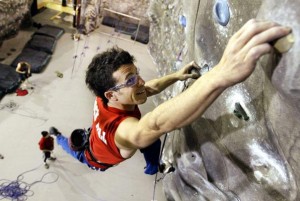
by Corey McZeal
This post consists of excerpts from Corey McZeal‘s M.A. Thesis entitled, “Rock Climbing Culture in Austin, TX.”
Supervising Committee: Dr. Harel Shapira and Dr. Sheldon Ekland-Olson.
The sport of rock climbing has seen a boom over the last two decades. Interestingly, this boom has not been due to the extreme commercialization of the sport, but by the increasing availability of indoor climbing venues that allow individuals to foster the skills that allow them to eventually climb outdoors. While the demographics of climbers can vary by region, in Austin, Texas climbers tend to be middle class, male, and white. Through my research on the climbing culture in Austin I seek to discover what features of the sport make it so appealing to this particular demographic. Through ethnographic methods, in-depth interviews, and participant observation, I gained insight on the climbers’ motivations. Additionally, though climbing offers a peculiar mixture of pain, injury, and even the potential for serious injury, climbers see it as a “stress reliever.” Throughout this thesis, I seek to discover how climbers manage this apparent contradiction, and what their participation in the sport can tell us about other aspects of their social existence.
Eva was overwhelmed. It was her first time rock climbing, and she was at an indoor gym with a few friends who were avid rock climbers. Ascending the wall, she noticed that there were too many rocks for her to grip as she worked her way up, and there were just as many places for her to place her feet. Instinctively she reached for the closest one that seemed easy to grasp, but her fellow climbers quickly reprimanded her. “No, you can’t use that one!”
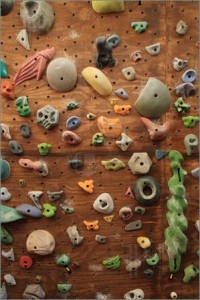 “Why can’t I use that one?” she fired back. “There are like 800 of them! What’s the point if I can’t use them?” She was confused, but her friends told her that she could not use those holds because they were on a different route.
“Why can’t I use that one?” she fired back. “There are like 800 of them! What’s the point if I can’t use them?” She was confused, but her friends told her that she could not use those holds because they were on a different route.
Eva did not particularly enjoy this adventure into climbing, but another friend convinced her to try outdoor climbing. On top rope with her friend belaying, he said, “You can use whatever holds you want to get there, I’m not going to tell you no. However you want to do it.”
She tried this style of climbing and enjoyed it much more, since she was able to be freer in her movements and do whatever she felt she needed to do to get to the top. Eva remembers the moment fondly: “It finally clicked with me and I was like, ‘Oh, this is really fun.’ And that’s the whole point of the gym, to teach you how to do harder moves. It’s all for training and it’s supposed to make you better.”
In the simplest form, climbing should seemingly be about getting to the top of a rock wall. But among serious climbers, this is not the case. They climb, but only in very specific ways. If it were only about getting to the top of the wall, we would use ladders, build stairs, or simply find an easier route and hike there. Instead, these particular groups of people decide to use possibly the most physically difficult method of accomplishing the task. The activity that rock climbers participate in isn’t practical; it is not about getting to the top of the wall at all. For them, climbing is about creating a certain type of experience.
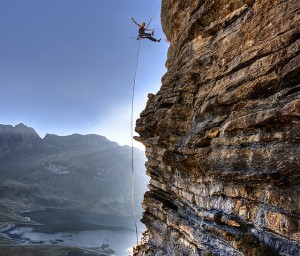 Climbers, especially middle class suburban climbers, need this particular experience. Climbing gives them a chance to embark in something that they rarely get to do. We currently live in a society of increasing structure, regulation, and technological advancement. Through the generations we have had to exert less and less physical effort to acquire food, shelter, and protect ourselves. Rock climbing gives middle class, suburban individuals, those who occupy generally comfortable spaces of our society, an environment in which they can experience pain and flirt with danger.
Climbers, especially middle class suburban climbers, need this particular experience. Climbing gives them a chance to embark in something that they rarely get to do. We currently live in a society of increasing structure, regulation, and technological advancement. Through the generations we have had to exert less and less physical effort to acquire food, shelter, and protect ourselves. Rock climbing gives middle class, suburban individuals, those who occupy generally comfortable spaces of our society, an environment in which they can experience pain and flirt with danger.
Even if sport climbing seems like something very natural and primal, it is still extremely controlled. It sometimes does not feel that way on the wall, but without equipment failure or tremendous human error the climber is almost guaranteed to reach the ground safely. Yet that feeling is key to the experience; climbers create an environment in which they can do something that feels primal and dangerous while knowing that the risk of death is actually very slim. For the typical suburban, middle class individual, this level of pain and feeling of risk is almost completely absent from their home lives. Rock climbing gives these particular individuals a place to embrace the aspects of their lives that they do not, or no longer, have a chance to enjoy.
References
Becker, Howard S. 1963. Outsiders: Studies in the Sociology of Deviance. New York, New York: The Free Press of Glencoe.
Bendelow, Gillian A. and Simon J. Williams. 1995. “Transcending the Dualisms: Towards a Sociology of Pain.” Sociology of Health & Illness Volume 17(2): 139-165.
Bennett, Andy and Keith Kahn-Harris. 2004. After Subculture. New York, New York: Palgrave Macmillan.
Blau, Peter . 1994. Structural Contexts of Opportunities. Chicago: University of Chicago Press
Bogardus, Lisa M. 2012. “The Bolt Wars: A Social Worlds Perspective on Rock Climbing and Intragroup Conflict.” Journal of Contemporary Ethnography Volume 41(3): 283-308.
Burbach, Matt. 2004. Gym Climbing: Maximizing Your Indoor Experience. Seattle, Washington: The Mountaineering Books.
Dilley, Rachel Elizabeth and Sheila Janet Scranton. 2010. “Women, Climbing and Serious Leisure.” Leisure Studies Volume 29(2): 125-141.
Donnelly, Denise and James Fraser. 1998. “Gender Differences in Sado-Masochistic Arousal Among College Students.” Sex Roles Volume 39(516): 391-407.
Frison-Roche, Roger and Sylvain Jouty. 1996. A History of Mountain Climbing. New York, New York: Flammarion.
Frontline 2014. “76 of 79 Deceased NFL Players Found to Have Brain Disease.” PBS. Retrieved November 17, 2014 (http://www.pbs.org/wgbh/pages/frontline/sports/concussion-watch/76-of-79-deceased-nfl-players-found-to-have-brain-disease/).
Gill, John. ____. “Origins of Bouldering: The Early Days of the Sport. Retrieved August 16, 2014. (http://www128.pair.com/r3d4k7/Bouldering_History1.0.html).
The Guardian 2014. “Newquay Surfer Deaths: RNLI to Review Lifeguard Cover.” Retrieved November 17, 2014 (http://www.theguardian.com/uk-news/2014/oct/27/rnli-review-lifeguard-cover-following-surfers-death-newquay).
Hochschild, Arlie Russell. 1983. The Managed Heart: Commercialization of Human Feeling. Berkeley, New York: University of California Press.
Howe, P. David. 2001. “An Ethnography of Pain and Injury in Professional Rugby Union.” International Review for the Sociology of Sport Volume 36(3): 289-303.
Klein, Alan M. 1993. Little Big Men: Bodybuilding Subculture and Gender Construction. Albany, New York: State University of New York Press.
Lang, Jr., John D. 1999. “Pain: A Prelude.” Critical Care Clinics 15(1): 1-16.
Lewis, Neil. 2000. “The Climbing Body, Nature, and the Experience of Modernity.” Body & Society Volume 6(3-4): 58-80.
McPherson, Barry D. 1986. Sport and Aging. Champaign, Illinois: Human Kinetics Publishers
Messner, Michael. 1990. “Boyhood, Organized Sports, and the Construction of Masculinities.” Journal of Contemporary Ethnography Volume 18: 416-444.
Mitchell Jr., Richard G. 1983. Mountain Experience: The Psychology and Sociology of Adventure. Chicago, Illinois: The University of Chicago Press.
National Park Service. 2014. “Climbing Safety.” Retrieved November 17, 2014 (http://www.nps.gov/yose/planyourvisit/climbing_safety.htm).
Nixon II, Howard L. 1996. “Explaining Pain and Injury Attitudes and Experiences in Sport in Terms of Gender, Race, and Sports Status Factors.” Journal of Sport and Social Issues Volume 20(33): 33-44.
Paige, Todd E., David C. Fiore, and Jeffrey D. Houston. 1998. “Injury in Traditional and Sport Rock Climbing.” Wilderness and Environmental Medicine Volume 9: 2-7.
Perkins, Matthew. 2005. “Rock Climbing Ethics: A Historical Perspective. Northwest Mountaineering Journal. Retrieved September 25, 2014 (https://archive.mountaineers.org/nwmj/05/051_Ethics2.html).
Popielarz, Pamela and J. Miller McPherson. 1995. “On the Edge or In Between: Niche Position, Niche Overlap, and the Duration of voluntary Association Memberships.” The American Journal of Sociology Volume 101(3): 698-720.
Portland Press Herald. 2014. “Scarborough Man Who Was ‘In Love With the Rock’ Dies in Fall.” Retrieved November 17, 2014 (http://www.pressherald.com/2014/07/15/scarborough-rock-climber-dies-in-new-hampshire-accident/).
Robinson, Victoria. 2008. Everyday Masculinities in Extreme Sport: Male Identity and Rock Climbing. Oxford, UK: Berg
Roderick, Martin. 1998. “The Sociology of Risk, Pain, and Injury: A Comment on the Work of Howard L. Nixon II.” Sociology of Sport Journal Volume 15: 64-79.
Sartore-Baldwin, Melanie L. 2013. Sexual Minorities in Sports. Boulder, Colorado: Lynne Reinner Publishers.
Sleap, Mike. 1998. Social Issues in Sport. Basingstoke, UK. Macmillan.
Smith, R. Tyson. 2008. “Pain in the Act: The Meanings of Pain Among Professional Wrestlers.” Qualitative Sociology Volume 31: 129-148.
Stebbins, Robert A. 2007. Serious Leisure. New Brunswick, New Jersey: Transaction Publishers.
Stephanie Sy. 2009. “Passion or Recklessness? Rock Climber Falls to Death.” ABC News. Retieved November 17, 2014 (http://abcnews.go.com/Travel/story?id=8061175).
Taylor, Gary W. and Jane M. Ussher. 2001. “Making Sense of S&M: A Discourse Analytic Account.” Sexualities Volume 4(3): 293-314.
Thoits, Peggy A. 1989. “The Sociology of Emotions.” Annual Review of Sociology Volume 15: 317-342.
Tod, David, Joanne Thatcher and Rachel Rahman. 2010. Sport Psychology. New York, New York: Palgrave Macmillan.
Wacquant, Loïc. 2004. Body & Soul: Notebook of an Apprentice Boxer. New York, New York. Oxford University Press.
Wacquant, Loïc. 2005. “Carnal Connections: On Embodiment, Apprenticeship, and Membership.” Qualitative Sociology Volume 15(4): 445-475.
Warren, Lydia. 2014. “Yoga Instructor, 36, Plunges to His Death inYosemite.” Daily Mail. Retrieved November 17, 2014 (http://www.dailymail.co.uk/news/article-2728833/Yoga-instructor-36-plunges-death-rock-climbs-Yosemite-just-hours-girlfriend-accepted-proposal.html).
Weinberg, Thomas S. 1987. “Sadomasochism in the United States: A Review of Recent Sociological Literature.” The Journal of Sex Research Volume 23(1): 50-69.
West, Amanda and Linda Allin. 2010. “Chancing Your Arm: The Meaning of Risk in Rock Climbing.” Sport in Society: Cultures, Commerce, Media, Politics Volume 13(7/8): 1234-1248.
Wheaton, Belinda. 2000. “’New Lads’?: Masculinities and the ‘New Sport’ Participant.” Men and Masculinities Volume 2: 434-456
Wheaton, Belinda. 2007. “After Sport Culture: Rethinking Sport and Post-Subcultural Theory.” Journal of Sport and Social Issues Volume 31(3): 283-307.
Wheaton, Belinda. 2013. The Cultural Politics of Lifestyle Sports. New York, Routledge.
Williams, Trevor, and Peter Donnelly. 1985. “Subcultural Production, Reproducing and Transformation in Climbing.” International Review for the Sociology of Sport Volume 20(3): 3-16.
Wright, D M. 2001. “Indoor Rock Climbing: Who Gets Injured?” Br J Sports Med Volume 35: 181-185
Young, Kevin and Philip White. 1995. “Sport, Physical Danger, and Injury: The Experiences of Elite Women Athletes.” Journal of Sport and Social Issues Volume 19: 45-61.
Young, Kevin, Philip White and William McTeer. 1994. “Body Talk: Male Athletes Reflect on Sport, Injury, and Pain.” Sociology of Sport Journal Volume 11: 175-194.

